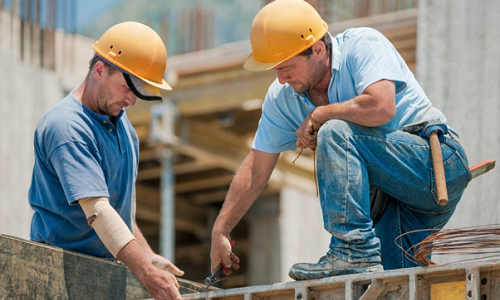Everyone has the right to be safe at work. The first week of National Safe Work Month focuses on some common health and safety risks and how to control these to keep workers safe.
Noise can damage your hearing if it’s too loud. Both sudden, loud noises, like an explosion, and constant, loud noise, like working near industrial machinery, can damage your hearing.
Hearing damage includes permanent or temporary hearing loss and tinnitus (ringing in the ears).
Whether you work in construction, agriculture, manufacturing or an office, all workplaces have hazards that need to be identified and risks that need to be managed to keep workers safe.
As the person conducting a business you must reduce your workers exposure to noise as much as is possible.
Use this range of resources to help you manage health and safety risks and create a safer and healthier workplace.
- Model Code of Practice: Managing noise and preventing hearing loss at work
- Model Code of Practice: How to manage work health and safety risks
- Infographic: Hazardous noise in the workplace
- infographic: Noise hazards and sound levels
78-year-old Collin worked in the construction industry for more than 30 years, which time he says he never wore any hearing protection.
“I knew my hearing had been affected because I kept asking people to repeat themselves and found it difficult to hear in noisy environments,” he says.
“I later found it was near impossible to follow conversations in restaurants, and my wife had to raise her voice when speaking to me. I realised I needed to do something about my hearing.
Hearing Australia has released a new factsheet Protecting your hearing at work, with useful information on noise-induced hearing loss and top tips for protecting your hearing at work.

